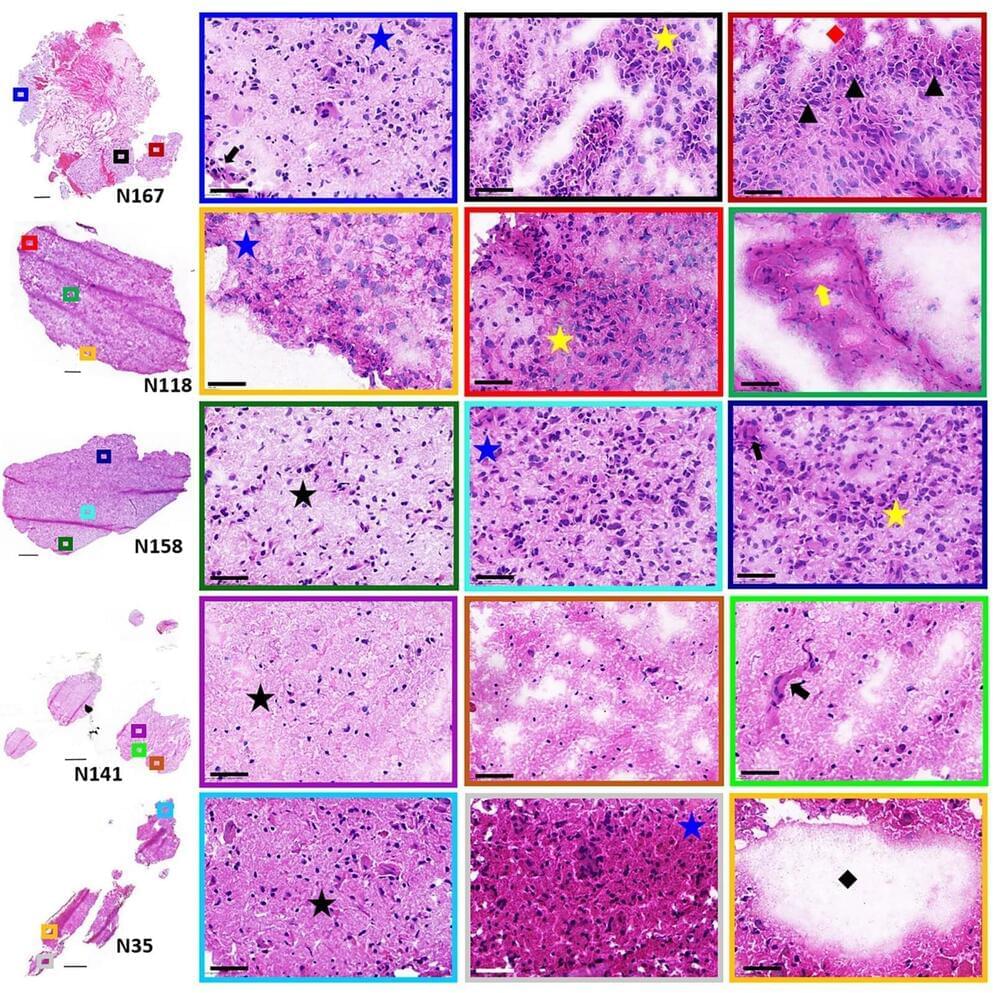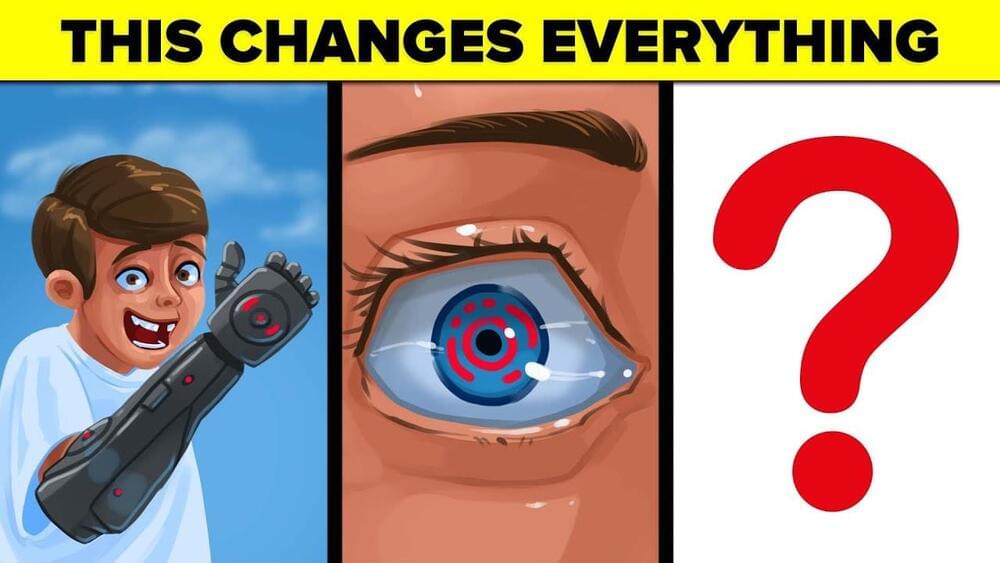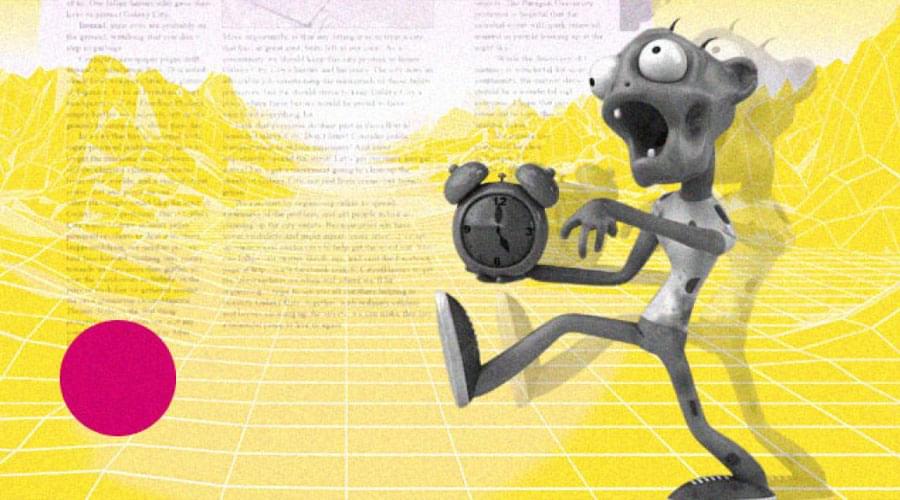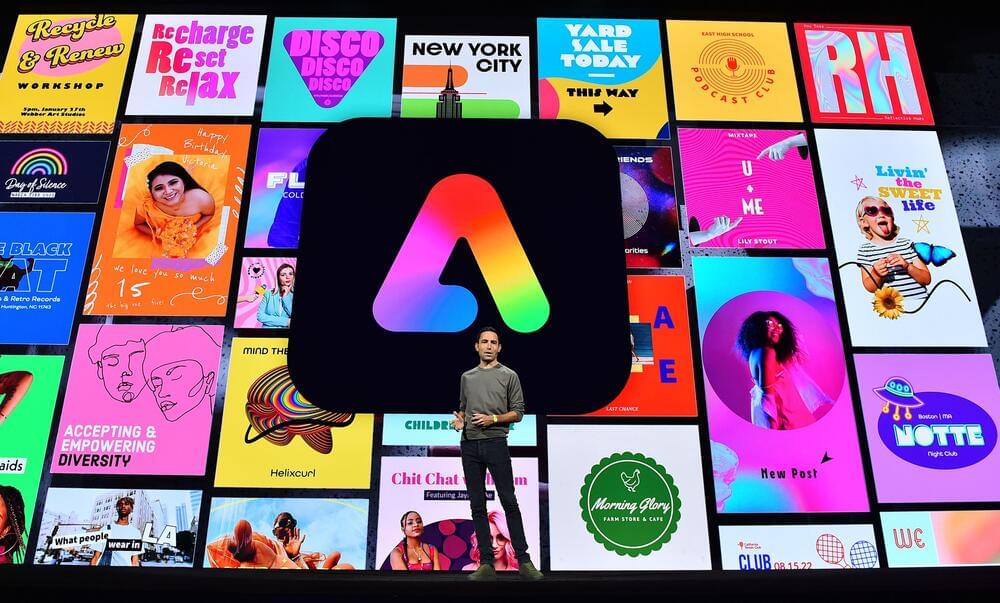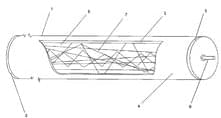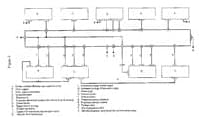Oct 31, 2022
Seeking microscopic clues to beating deadly brain tumors
Posted by Kelvin Dafiaghor in categories: innovation, neuroscience
A critical new pathway to treating an aggressive brain tumor might be found in the complex diversity within the tumor tissue, according to a new paper by scientists from the Hackensack Meridian Center for Discovery and Innovation (CDI).
The CDI laboratory deeply analyzed tumor tissue using an advanced mass spectrometry with special focus on lipids, a class of molecules that includes fats, according to the new paper, in the journal Scientific Reports.
“Lipid ions presented here lay the foundation for future studies that are required to understand their interconnecting signaling pathways in relation to cell function, tumor progression, and resistance to therapy,” according to the paper. “Understanding their functional relevance is essential for the identification of new therapeutics based on lipid pathway targets.”
